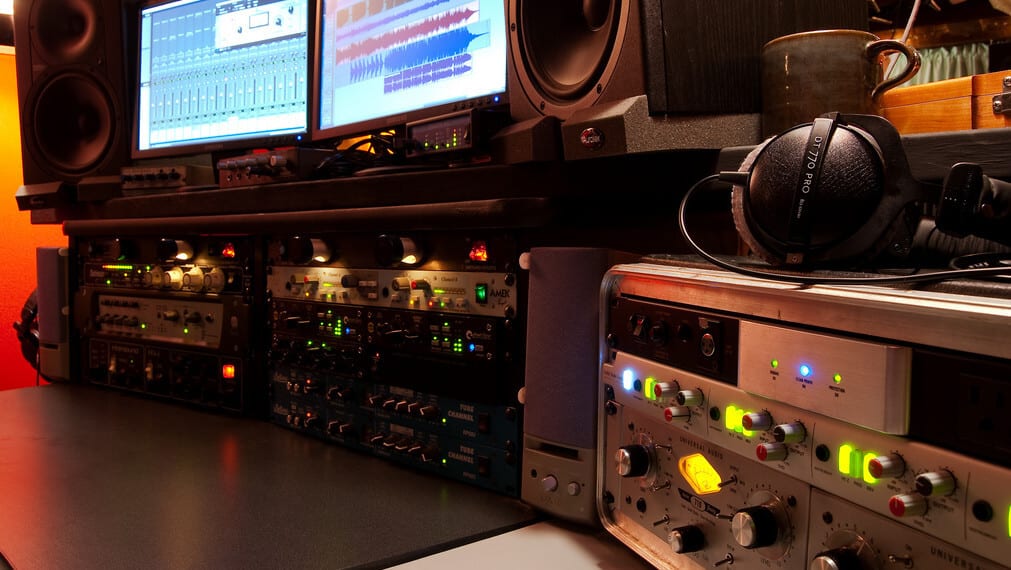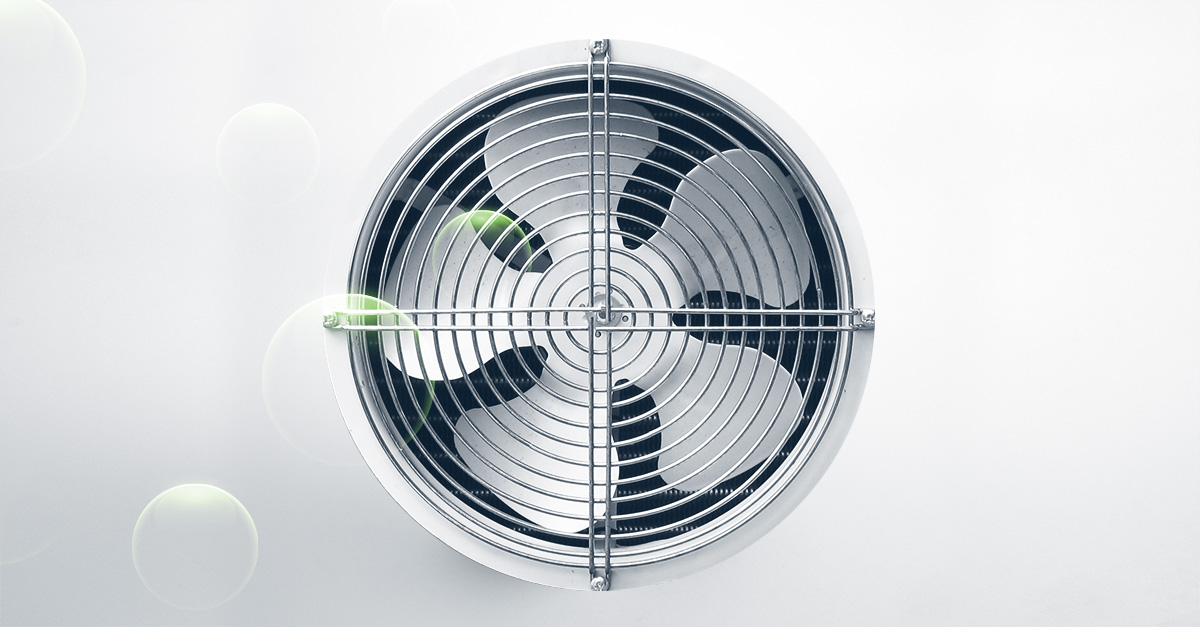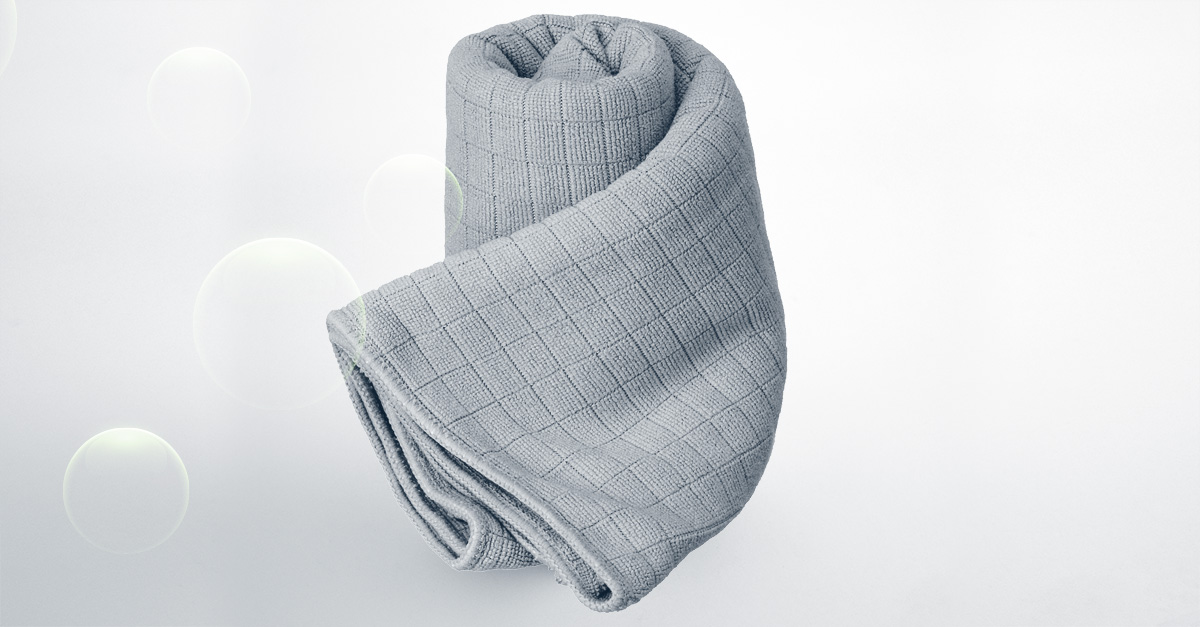There is nothing worse than pulling out a piece of gear for the first time in a while and discovering that it does not work anymore.
Digital music tools such as your DAW or VST plugins won’t ever need repair, however, the physical parts of your setup are all at risk.
Not taking proper care of your equipment could shorten its lifespan and cause it to need to repair more often.
However, when you learn the basics of keeping gear in good shape you will be capable of keeping your equipment out of the repair shop and ready to use in your home studio.
Listed here are 7 tips that will help you keep on top of your gear maintenance.
1. Dust is your enemy
Dust and electronics do not mix well.
Excess dust could cause solder contacts to weaken and potentiometers (knobs) to get scratchy.
Keep gear cased or covered where possible and remove any dust that does accumulate frequently.
For hard to achieve areas you could use a gas duster or “canned air” kind of electrical cleaner—however, be careful. These products include harmful chemicals and need to only be used where absolutely essential to keep on top of your gear maintenance.
2. Beware of batteries
Batteries cannot be left in place forever.
Finally, any kind of battery will start to leak corrosive materials that could simply damage equipment.
That is particularly common in vintage synthesizers that use watch sized batteries to power LED displays or other cosmetic elements.
Attempt to keep in mind to swap dead batteries sooner rather than later to keep away from any damage.
3. Clean contacts periodically
Even when you are super careful about dust, some solder points could eventually need cleaning to take care of solid contact.
When you are noticing evidence of intermittent connections inside the circuit, you may be facing this problem.
To solve it you will have to use contact cleaner. Contact cleaner is a super fast drying chemical bath for circuit boards.
It removes any surface debris that may be contributing to poor circuit closure between soldered components.
It is another fairly toxic product so you do not need to use more than you must.
Be sure you use a contact cleaner that’s particularly designed for sensitive electronics like an audio gear to keep on top of your gear maintenance.
4. Avoid heat buildups
Excess heat could cause stress on electronics as well.
Be sure that any built-in followers are in working order on equipment that has them.
And definitely, do not block any vents or heatsinks. Keep away from positioning two extra hot units too close to one another.
Any situation where things frequently get hot could be a problem to ensure there is great ventilation!
5. Change replaceable regularly
Some gear uses components with a limited lifespan that should be replaced frequently.
Vacuum tubes, fuses, guitar strings, and other replaceable needs to be refreshed before they begin to fail—if possible.
Tubes immediately going microphonic in a guitar amp or mic pre might be pretty unsettling!
6. Always supply the correct power
Be sure you power all of your devices correctly.
I am not saying you should only use the manufacturer’s power supply. Just be aware of the specifications and use a power supply with the correct specs.
Right here are the basics:
- Always use a power supply of the exact voltage value specified—unless the producer offers a range. Voltages which are too high could cause damage.
- You have to use a power supply that delivers at least as much current as the device specifies. More is OK, less will not work.
- Pay attention to the polarity of the power supply. You have to match the polarity of the device with the power supply or you can risk damage. Never daisy chain devices that require opposite polarity power supplies.
Never daisy chain devices that require opposite polarity energy supplies.
7. Wipe, but don’t use soaps or cleansers
You will have to use some type of cloth or wipe to cope with dust in your gear. The best selections are gentle non-abrasive materials like microfibre cloths or soft rags.
You may think that utilizing a specialized cleaning product could be efficient, however, in the vast majority of situations a slightly damp cloth is the best option.
Soaps or cleansers could damage the finish of sensitive gear. And your gear is rarely dirty enough for them to be essential.
Well maintained gear is a happy gear
Cleaning and maintaining your gear may sound like the most boring job in the world.
However, your hard work will pay off when you put a bit of effort into keeping your gear in top shape.
Use these tips to maintain your tools in good shape and able to use when inspiration strikes.




